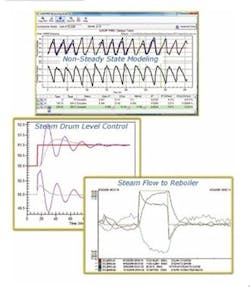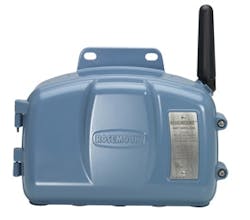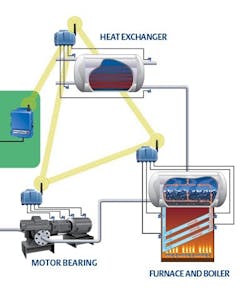Most chemical facilities face ongoing demands to improve their operations. Today’s economic climate is ratcheting up pressure while making cash and resources harder to get. While there’s no “magic bullet” to bolster performance, plants certainly can achieve gains by taking advantage of new offerings from vendors. This year’s Vaaler Awards honor two products that promise significant benefits for a wide range of sites.
Every other year since 1964, Chemical Processing has presented Vaaler Awards to products and services that can dramatically improve plant operations and economics. To be considered for this year’s award, a product or service must have been commercialized in the United States between July 2007 and June 2009.
Ben Paterson, engineering advisor, Eli Lilly, Indianapolis, Ind.
Roy Sanders, consultant, Lake Charles, La.
Ellen Turner, principal tech service representative, Eastman Chemical, Kingsport, Tenn.
Ben Weinstein, section head modeling and simulation, Procter & Gamble, West Chester, Ohio
Jon Worstell, principal scientist, Shell Global Solutions, Houston
Sheila Yang, senior process/specialty engineer, Fluor, South San Francisco, Calif.
Mark Rosenzweig is Chemical Processing's Editor in Chief. You can e-mail him at [email protected].





